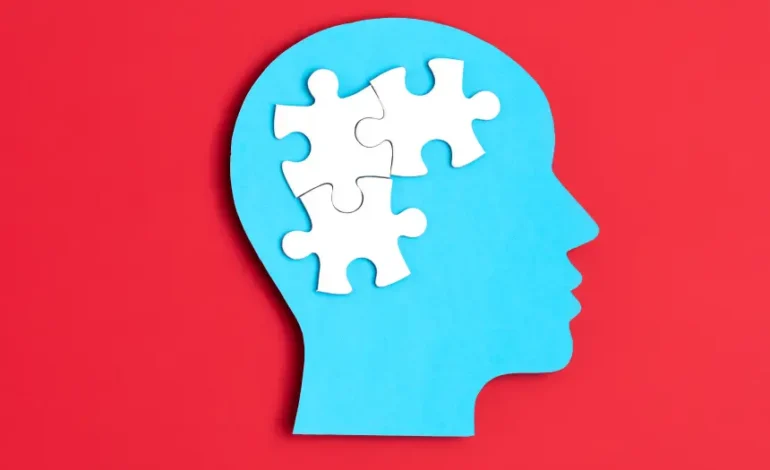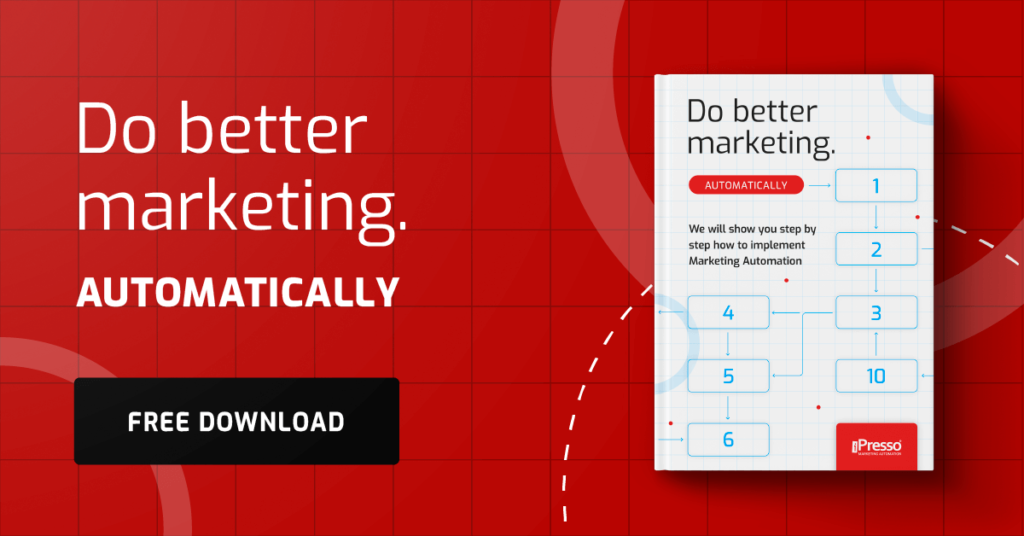Are your campaigns being ignored? That’s because you’re not hacking the recipient’s brain. Here are some psychological tricks that will change that

The purchasing decision is a battle between reason and emotion. In this battle, the subconscious, driven by cognitive biases, usually wins. Combine Marketing Automation with these psychological tricks and create campaigns tailored to a specific audience.
Cognitive biases that are useful in marketing:
The Zeigarnik effect and unfinished stories
This is a marketing ploy loved by TV series creators. The action is at its climax, you are eagerly awaiting the finale, when the words “To be continued…” appear on the screen. The viewer is left with an unfinished story, so their curiosity grows and they want to see the next episode.
In marketing, the Zeigarnik effect takes many forms. In email campaigns, you can write sentences such as: “Click here and see what else we have prepared for you!” or “That’s not all! You can find more promotions here: [link].”
This cognitive bias is also often used in pop-ups. Instead of immediately announcing that a new collection in collaboration with a well-known influencer will be coming soon, you can first place a mysterious pop-up with a short message such as: “Someone special is coming to visit us in October!”
Social proof in automated sequences
Do you know what tricks the world’s largest companies use? “5 million people trust us,” “We have over 100,000 satisfied customers,” or “Every few seconds, someone buys product X” are just some of the slogans you may encounter in advertising campaigns. The tendency to imitate the behavior of others is one of the most common cognitive biases. Send a potential customer an email with information about how many companies have trusted you and include a link to case studies so they can see real examples of how your services are used.
Of course, social proof works great in email campaigns, but you can just as easily create an SMS message such as “Hey Anna, the Linda bag sells every hour! Buy it here [link]!”
Playing with time
The fear of missing out can encourage customers to make purchases even if they weren’t planned. For example, create a campaign and send a 10% discount code, but only valid for 24 hours. Time pressure works on recipients and makes them more eager to take advantage of the offer. Also, place a pop-up on the website announcing the Black Friday sale.
The decoy effect – how to choose the best deal
This trick involves adding an option to the offer that makes one of the available choices seem much more attractive. In automation, this allows you to intelligently guide your audience’s choices. In the FMCG industry, an example of this would be different sizes of a single drink: small for 2$, medium for 3.75$, and large for 4$. The medium drink acts as a decoy – it makes the price of the large one seem like a bargain. The customer ultimately buys the most expensive product because they think it offers the best value for money.
In practice, this can be used to dynamically present packages depending on user behavior. Someone who spends a long time browsing the price list may automatically receive an email with a comparison of options, where the medium package is deliberately made less attractive. If someone has checked the price list for the basic package but has not made a purchase, the automatic sequence may present a comparison with the premium package, using the medium (unprofitable) version as a reference point.
Fear of loss stronger than desire for gain
Research shows that the pain of losing something is twice as strong as the satisfaction of gaining the same value. In marketing, this can be exploited by formulating messages appropriately. In B2B, these would be messages such as: “Don’t lose 30% of your potential customers,” while in e-commerce, you could send your audience an email with a title such as: “Don’t waste time and order your favorite products with home delivery.”
This mechanism works particularly well in reactivation campaigns. Instead of offering bonuses for returning, it is worth focusing on what the customer loses by being inactive.
In the case of abandoned shopping carts, it may be more effective than discounts to show how much time the customer has already invested in selecting products and that they may be purchased by someone else in a moment.
Reinforcing existing beliefs
People are more likely to accept information that confirms their existing views and ignore information that contradicts them. In automation, this means that messages must be tailored to the worldview of the audience. If someone downloads materials about eco-friendly products, they probably already believe in their value. Instead of convincing them from scratch that you also offer other interesting products, it is better to reinforce their beliefs and help them develop their knowledge.
The system can automatically analyze which content the user prefers and tailor subsequent messages to it, building an increasingly strong conviction about the correctness of their choices. Instead of advertising new vanilla crackers for children to lovers of salty sticks, it is better to personalize recommendations and display products based on individual interests and choices.
The halo effect in building authority
Does your customer recommend your product? A positive impression after purchasing one item automatically transfers to the entire brand. This way, you can build authority in various areas. For example, if a company is associated with luxury facial cosmetics and launches a line of perfumes, many customers will immediately perceive them as premium products as well.
Advertise them in the right way, using consistent templates with colors characteristic of your brand. With the Drag&Drop editor, you can create aesthetic messages in just a few moments.
Marketing Automation will also help you collect feedback about your products and your company. Send an NPS survey to everyone who has used your services recently.
Simplicity as a competitive advantage
The brain prefers information that is easy to process. In automation, this means that simpler messages are more convincing than complex ones, even if the latter contain more arguments. This principle applies not only to content, but also to the structure of the campaign. Simple scenarios often work better than a complicated ten-step sequence.
Instead of sending different messages every day for a month, three well-thought-out emails at weekly intervals may be more effective.
Summary: psychology as your marketing advantage
Using cognitive biases in marketing automation is not manipulation, but rather adapting communication to the natural mechanisms of the human mind. The key to success is authenticity—real benefits tailored to the recipient.
Remember that effective marketing requires, above all, an understanding of human nature. Combining advanced tools with knowledge of consumer psychology creates a competitive advantage that is difficult to replicate. Want to put these mechanisms into practice? Click here and fill out the brief. iPresso is more than a platform—it’s your partner in building effective communication.



